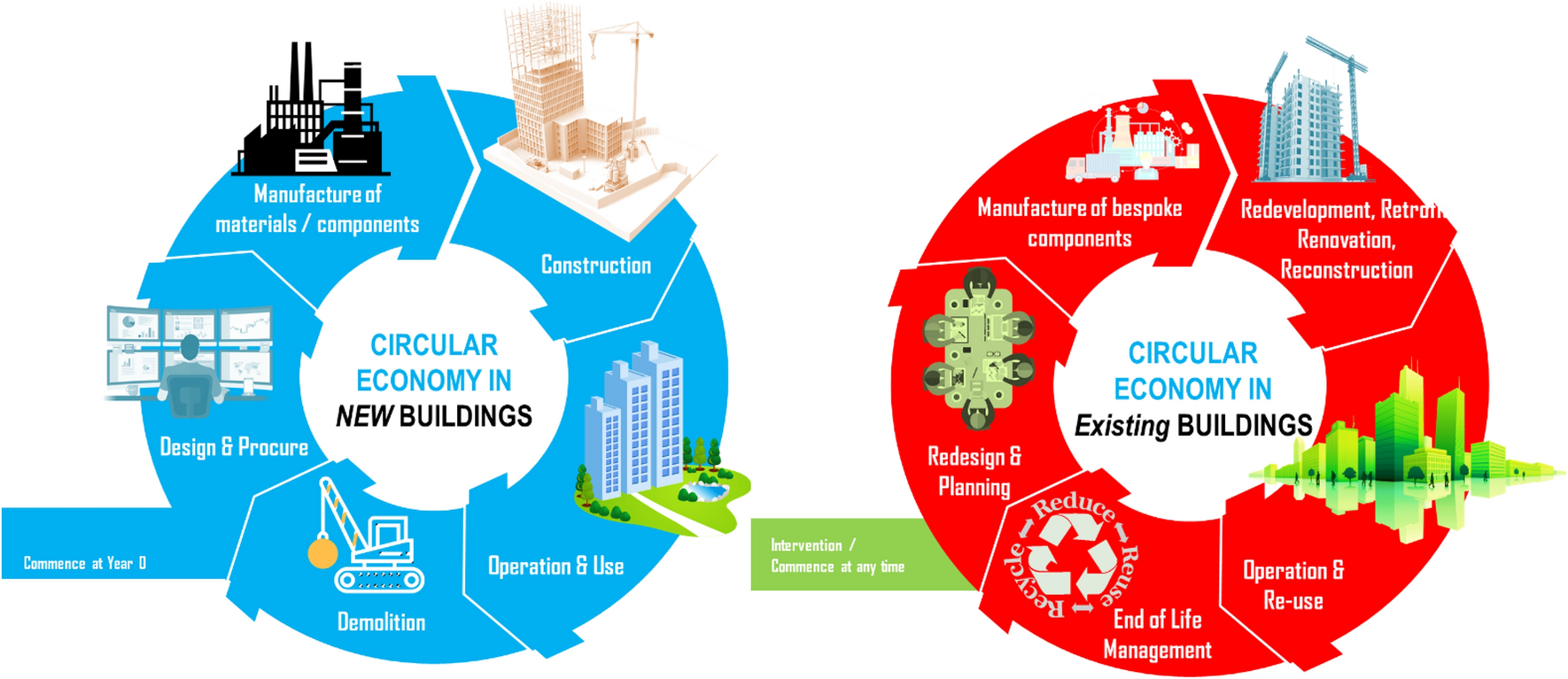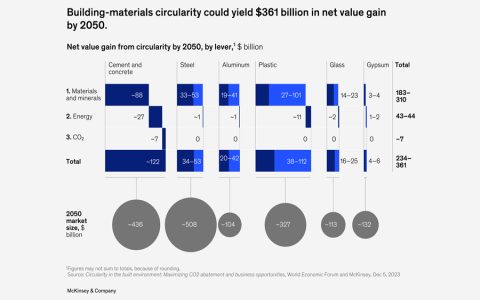Circular buildings, designed for disassembly, reuse, and resource efficiency, offer significant financial advantages over traditional linear construction. Here are 3 key ways they save money:
1. Reduced Material Procurement & Waste Disposal Costs
By prioritizing reused, recycled, and renewable materials, circular buildings dramatically lower upfront material expenses. Designing for modularity and disassembly facilitates future reuse of components like structural elements, facades, or interior fittings.
- Lower virgin material costs: Sourcing reclaimed steel, timber, or concrete is often cheaper than new equivalents.
- Minimized waste fees: Design strategies (material passports, prefabrication) slash construction and demolition waste, cutting expensive landfill or processing fees.
- Salvage revenue potential: Components designed for reuse retain value, potentially generating income at end-of-service phase.
2. Enhanced Operational Efficiency & Lower Maintenance
Circular principles often integrate with high-performance building strategies, reducing ongoing operational expenses.

- Energy & water savings: Efficient resource use (e.g., passive design, advanced insulation, rainwater harvesting, on-site renewables) lowers utility bills.
- Durability & easy repair: High-quality, modular components designed for easy access and replacement extend lifespan and reduce long-term maintenance costs and downtime.
- Resource flow optimization: Systems managing waste as a resource (e.g., greywater recycling, composting) minimize municipal service fees.
3. Future-Proofing & Enhanced Asset Value
Circular buildings mitigate future financial risks and enhance long-term value.
- Resilience to resource scarcity: Reduced reliance on volatile virgin material markets protects against future price spikes.
- Adaptability & lower retrofit costs: Flexible layouts and demountable structures allow easier, cheaper reconfiguration for changing tenant needs, avoiding expensive major renovations.
- Increased market appeal & value: Growing demand for sustainable properties from tenants and investors often translates to higher occupancy rates, premium rents, and increased resale value.
Implementing circular economy principles in construction fundamentally shifts the cost structure, generating savings from material choices and waste reduction through to efficient operations and long-term asset resilience.







